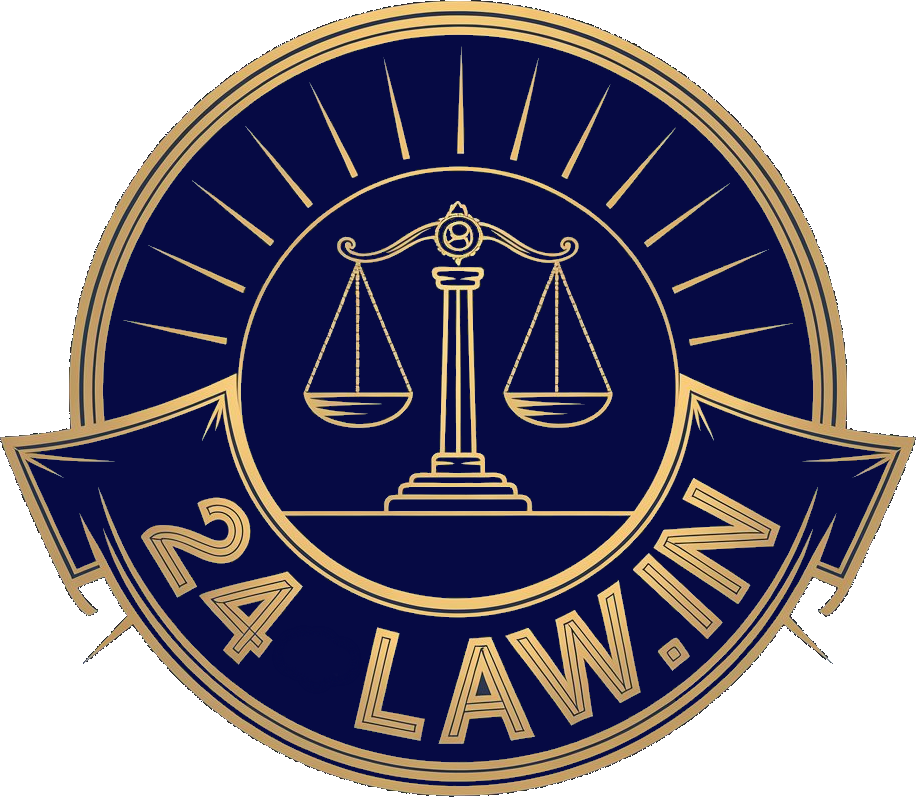Supreme Court Acquits Two Men In Murder Case | Says Witnesses’ 16 Km Bicycle Ride In 30 Minutes Improbable, Disbelieves Eye-Witness Account And Questions Single-Assailant Theory In 26-Injury Death
- Post By 24law
- July 24, 2025

Kiran Raj
The Supreme Court of India Division Bench of Justice Vikram Nath and Justice Sandeep Mehta set aside the conviction and life sentence of two individuals previously found guilty under Section 302 read with Section 34 of the Indian Penal Code. In a significant judgment delivered on July 22, 2025, the Court quashed both the High Court and Trial Court judgments, concluding that the prosecution had failed to establish the accused's guilt beyond a reasonable doubt. The apex court directed the immediate release of the appellants unless required in any other case. The judgement stated crucial inconsistencies and improbabilities in the prosecution’s narrative, particularly questioning the presence of the key eyewitnesses at the scene of the crime.
The appeals arose from a judgment delivered by the Madras High Court on September 10, 2024, affirming the Trial Court’s decision dated March 4, 2020. The appellants, Esakkimuthu (Accused No. 2) and Pitchu Mani @ Pitchai Mani (Accused No. 1), were convicted for the murder of one Edison Suvisedha Muthu, a resident of South Omanallur village, Tirunelveli district, Tamil Nadu. The prosecution’s case centered on the enmity between the deceased and Balasubramanian, father of A1, arising from a prior incident in which the deceased allegedly attacked Balasubramanian.
According to the prosecution, this feud motivated A1 and A2 to conspire and execute the murder. On April 14, 2013, A2 allegedly took the deceased to a TASMAC liquor shop on a motorcycle under the pretext of drinking alcohol. Key witnesses PW-1 (son of the deceased) and PW-2 (wife of the deceased) claimed they saw the murder happen at approximately 12:30 p.m. after allegedly following the deceased on a bicycle for 16 kilometers. PW-1 testified that A2 issued a signal upon which A1 emerged and attacked the deceased with an "aruval" (billhook), resulting in his death on the spot. Both accused were said to have fled immediately after the incident.
The prosecution charged A1 under Section 302 IPC and A2 under Section 302 read with Section 34 IPC. A charge under Section 120B IPC was also framed but later discarded due to lack of proof. The case relied heavily on the testimonies of PW-1 and PW-2, as most other witnesses turned hostile. The Trial Court accepted the eyewitness testimonies as credible and consistent, rejecting contradictions in police procedures and discrepancies in the confession statements. The High Court affirmed this view, giving weight to the anxious state of the witnesses and the urgency of the situation as justification for their rapid travel and lack of immediate police reporting.
The appellants argued that it was implausible for PW-1 and PW-2 to have travelled such a distance within the given timeframe. They also questioned the conduct of the witnesses, pointing out that they did not inform any police authority immediately despite passing a police station en route. Additionally, the defence stated the need for cautious scrutiny of testimony from related witnesses.
The Supreme Court examined the testimony of PW-1 and PW-2 with great scrutiny. "It is a well-settled principle that when the witnesses are related/interested, their testimonies have to be scrutinized with greater care and circumspection." The Court noted the considerable distance between the witnesses' residence and the TASMAC shop and deemed it highly unlikely for the witnesses to have cycled 16 kilometers in under thirty minutes, especially given PW-2’s age and the physical burden of riding pillion.
"Even after affording due consideration to factors like an anxious state of mind, it seems highly unlikely that a boy of 17 years of age would be able to cover such a long distance, that too with his middle-aged mother as a pillion rider." The Court rejected the High Court’s presumption that an alternative shorter route could have been taken, stating, "It seems absurd to presume that the distance was less than almost 16 kilometers when PW-1 has himself deposed and agreed about the said distance range."
On the conduct of PW-1 and PW-2 post-incident, the Court remarked, "It also remains highly questionable as to why, after the incident, the two eye-witnesses travelled back the entire distance of 16 kilometers to their house first and went to the police station only subsequently thereafter, despite there being a police station en route from the liquor shop to their home."
The Court took note of the hostile testimony from other alleged eyewitnesses, including TASMAC shop customers and the manager, who reported that four or five individuals had attacked the deceased, in contrast to the prosecution’s narrative implicating only two assailants. "The post-mortem report identifies 26 injuries on the body of the deceased, which in the facts and circumstances of the case, are unlikely to be caused by a sole assailant."
The Court concluded, "This improbability gains even more prominence in light of the fact that no other alleged eyewitness has supported the prosecution’s case." Moreover, the deceased was a habitual drunkard and had previously been detained under the Tamil Nadu Goondas Act, making it plausible that he had multiple enemies.
"The case at hand is certainly not the one where it has been proven beyond the shadow of doubt that in all human probability, the act must have been done by the accused only." Therefore, the Court determined that the prosecution had failed to meet the threshold of proving guilt beyond reasonable doubt.
The Supreme Court directed the immediate acquittal and release of both appellants. The judgment stated, "Accordingly, the appeals are allowed. The impugned judgment dated 10.09.2024 passed by the Madras High Court, as well as the Trial Court’s judgment dated 04.03.2020, are hereby, quashed and set aside." It further declared, "The appellants are acquitted of the charges alleged against them, and are accordingly ordered to be released forthwith unless required in connection with any other case."
Additionally, the Court disposed of all pending applications in connection with the case. "Pending application(s), if any, shall stand disposed of."
Advocates Representing the Parties:
For Petitioner(s): Mr. Vairawan A.S, AOR, Mr. S. Nagamuthu, Sr. Adv., Mr. C. Paramasivam, Adv., Mr. M.P. Parthiban, AOR, Ms. Priyaranjani Nagamuthu, Adv., Mr. Ankur Prakash, Adv., Mrs. Priyanka Singh, Adv., Mr. Bilal Mansoor, Adv., Mr. Shreyas Kaushal, Adv., Mr. S. Geyolin Selvam, Adv., Mr. Alagiri K, Adv., Mr. Shivansh Sharma, Adv.
For Respondent(s): Mr. V. Krishnamurthy, Sr. A.A.G., Mr. Sabarish Subramanian, AOR, Mr. Vishnu Unnikrishnan, Adv., Ms. Azka Sheikh Kalia, Adv., Mr. Danish Saifi, Adv.
Case Title: Esakkimuthu v. State Represented by the Inspector of Police; Pitchu Mani @ Pitchai Mani v. State Represented by the Inspector of Police
Neutral Citation: 2025 INSC 880
Case Number: Criminal Appeal Nos. arising out of SLP (Crl.) Nos. 1693 and 3816 of 2025
Bench: Justice Vikram Nath, Justice Sandeep Mehta


